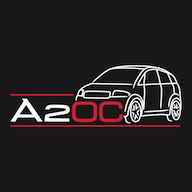Pressing the new bearing in
A rear bearing left half its innards on the shaft when removed
The bearing has an outside diameter,,, suitable to be a correct sized pushing tool. On the press.
If the whole bearing came straight off the shaft,, maybe this job was already done recently,,, like one of mine.
The outer bearing can be grind slit cut off, and again it gives you a correct sized pushing piece.
I put the hub in a bag and in a hot bath
Bearings arrive in a sealed bag,, great for freezing. Try painting copper slip on frost, lol
A 3 or a 6 tonne would probably fit it,,,its about alignment. A 20 tonne would be entering the areas where hub splitting is easily possible. Heat time and tapping,,, and getting a flag when it moves with a bang.
That press did the control arm bush and wishbone that got done at the same time..
A rear bearing left half its innards on the shaft when removed
The bearing has an outside diameter,,, suitable to be a correct sized pushing tool. On the press.
If the whole bearing came straight off the shaft,, maybe this job was already done recently,,, like one of mine.
The outer bearing can be grind slit cut off, and again it gives you a correct sized pushing piece.
I put the hub in a bag and in a hot bath
Bearings arrive in a sealed bag,, great for freezing. Try painting copper slip on frost, lol
A 3 or a 6 tonne would probably fit it,,,its about alignment. A 20 tonne would be entering the areas where hub splitting is easily possible. Heat time and tapping,,, and getting a flag when it moves with a bang.
That press did the control arm bush and wishbone that got done at the same time..

